
Posted by Rob Whalley
How IoT is Transforming CAFM Software and Facilities Management
The Internet of Things (IoT) has quickly moved from being a buzzword to a practical, powerful tool within facilities management. For organisations managing estates, assets, compliance, and maintenance, the combination of IoT devices and a CAFM (Computer-Aided Facilities Management) system is unlocking new levels of efficiency, cost savings, and service quality.
In this blog, we’ll explore how IoT integrates with CAFM platforms, what benefits it delivers, and why forward-thinking facilities managers should make IoT a core part of their strategy.
What is IoT in Facilities Management?
IoT refers to a network of connected sensors and devices that collect and share real-time data. In facilities management, these devices can be anything from:
- Smart meters monitoring energy and water usage
- Sensors tracking room occupancy, air quality, and temperature
- Condition monitoring devices on HVAC, lifts, or production machinery
- Smart security systems, lighting, and access control
When integrated with a CAFM system, IoT enables automated data capture and actionable insights that were previously only available through manual inspections or user reports.
Benefits of IoT and CAFM Integration
1. Real-time Monitoring of Assets
IoT sensors attached to critical equipment provide live updates on performance, usage, and condition. Your CAFM system can use this data to automatically generate reactive or planned jobs when thresholds are exceeded, minimising downtime and extending asset lifespan.
2. Smarter Planned Preventative Maintenance (PPM)
Traditional PPM schedules are often based on fixed dates. With IoT data feeding into your CAFM system, maintenance can shift to a predictive model, where tasks are triggered based on actual usage, temperature, vibration, or energy readings. This reduces unnecessary servicing and saves costs.
3. Energy and Sustainability Management
IoT smart meters track consumption at a granular level. Integrated with CAFM dashboards, facilities teams can identify energy-hungry assets, benchmark buildings, and take proactive action to reduce carbon footprint and support sustainability targets.
4. Occupancy and Space Utilisation
IoT motion and occupancy sensors connect to room booking and space management modules within the CAFM. This ensures accurate reporting of space usage, helps right-size office layouts, and improves compliance with health & safety or social distancing policies.
5. Improved Compliance and Safety
Environmental IoT sensors can monitor conditions such as air quality, humidity, or temperature to ensure compliance with workplace regulations. Alerts feed directly into the CAFM system, creating a fully auditable trail of actions taken.
6. Enhanced User Experience
From smart lockers to mobile-app controlled lighting and heating, IoT can be directly linked to self-service CAFM portals, giving staff more control over their environment while ensuring facilities managers maintain central oversight.
Real-World Example: IoT in Action with CAFM
Imagine a university campus using a CAFM system integrated with IoT:
- HVAC sensors detect abnormal vibration in an air-handling unit.
- The CAFM system automatically raises a work order and notifies the assigned engineer.
- Usage data shows the unit has been operating outside optimal levels, so the system adjusts the PPM schedule for similar assets.
- Energy dashboards highlight reduced consumption after repair, demonstrating ROI.
This level of automation reduces human intervention, speeds up response times, and delivers measurable cost savings.
Connecting IoT Devices to CAFM with APIs
The real power of IoT in facilities management comes from integration. APIs (Application Programming Interfaces) act as the bridge between IoT devices and your CAFM system, enabling data to flow seamlessly between platforms. For example, a temperature sensor can send readings via an API into the CAFM database, where automated rules trigger alerts or maintenance tasks if thresholds are breached. This open, standards-based approach ensures your CAFM system can connect with a wide range of IoT devices, building management systems (BMS), and third-party platforms — creating a truly connected estate.
The Future of CAFM and IoT
IoT is not just a short-term trend; it is reshaping how facilities are managed. With 5G connectivity, AI-driven analytics, and digital twins on the horizon, IoT-CAFM integration will become even more powerful. Facilities managers who embrace this technology will gain a significant advantage in efficiency, compliance, and sustainability.
Conclusion
IoT brings data, automation, and intelligence into CAFM systems, enabling facilities managers to move from reactive management to predictive, data-driven decision-making. Whether you manage a single building or a complex estate, the integration of IoT and CAFM is a proven way to lower costs, improve service delivery, and future-proof your facilities strategy.
To kick start conversations about connecting your devices to the Tabs CAFM system via our flexible API, please contact sales@tabsfm.com.


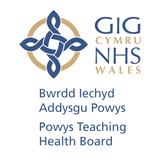
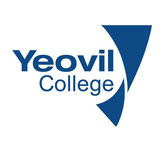

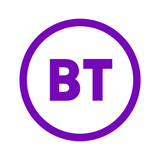
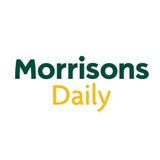

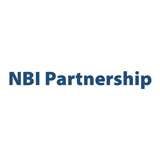
























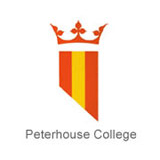




















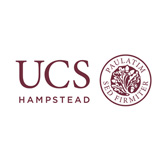


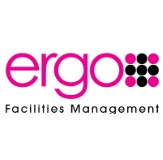




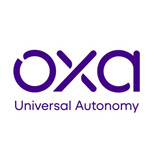





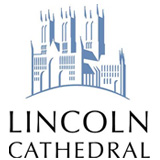


Follow us:
GDPR (Data Privacy)
Disclaimer
COVID-19